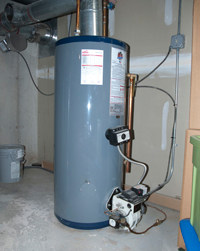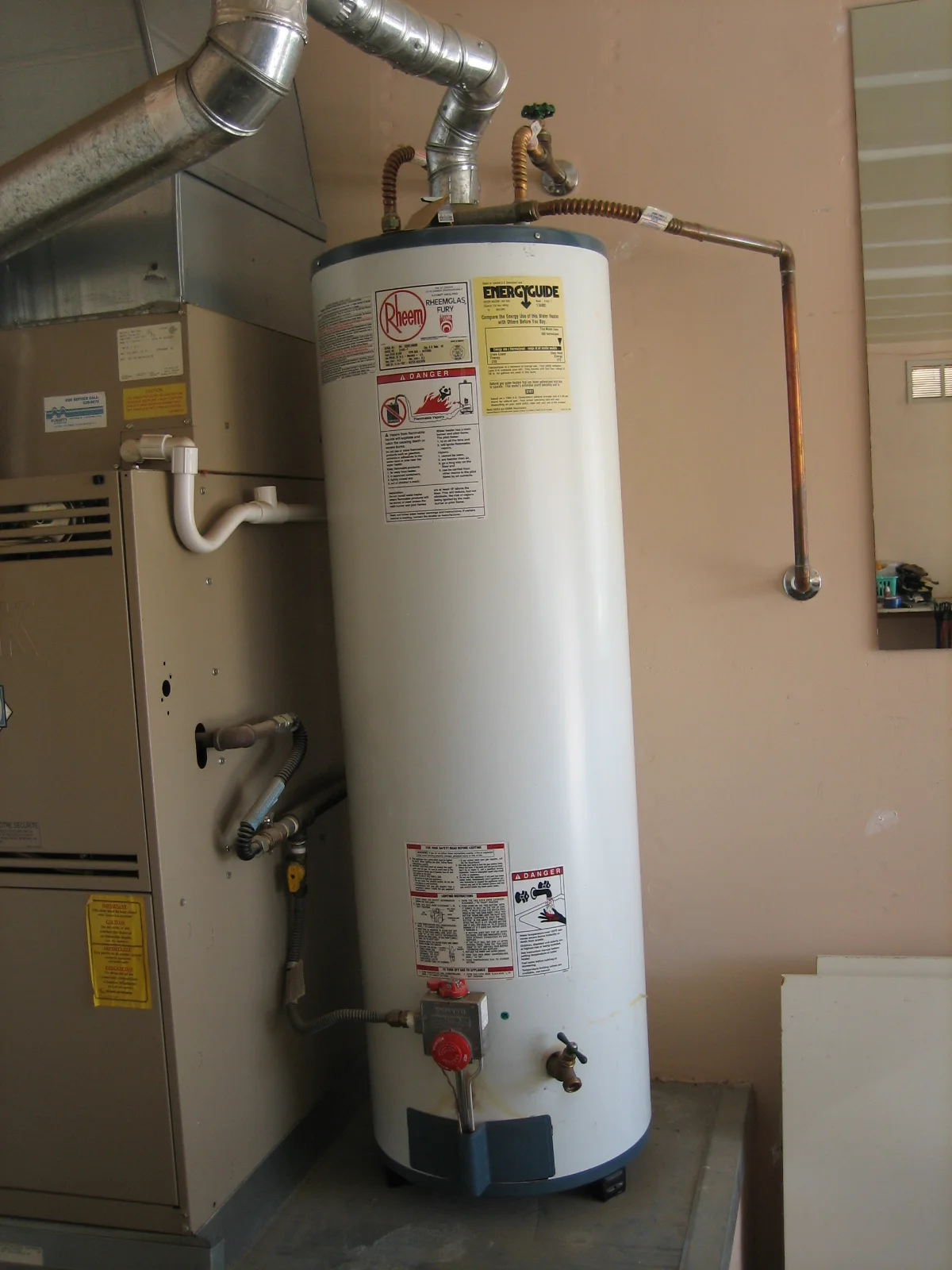How to Maintain Your Home's Hot Water System EffectivelyProfessional Guidance on Maintaining Your Home's Hot Water SystemImportant Guidance on Maintaining Your Home's Hot Water System
How to Maintain Your Home's Hot Water System EffectivelyProfessional Guidance on Maintaining Your Home's Hot Water SystemImportant Guidance on Maintaining Your Home's Hot Water System
Blog Article
Everybody has got their own way of thinking about How to Maintain Your Water Heater & Prolong its Life.

Warm water is important for everyday convenience, whether it's for a refreshing shower or cleaning recipes. To guarantee your hot water system runs effectively and lasts longer, routine upkeep is vital. This article offers functional pointers and understandings on exactly how to keep your home's warm water system to avoid disruptions and expensive repair services.
Intro
Maintaining your home's warm water system might seem complicated, yet with a couple of simple steps, you can ensure it operates smoothly for years to find. This overview covers everything from understanding your hot water system to DIY upkeep tips and understanding when to call expert assistance.
Relevance of Maintaining Your Warm Water System
Normal maintenance not only expands the lifespan of your hot water system however additionally guarantees it runs successfully. Disregarding upkeep can bring about reduced effectiveness, higher energy expenses, and even premature failure of the system.
Indications Your Hot Water System Needs Upkeep
Knowing when your warm water system needs focus can stop significant problems. Look out for signs such as irregular water temperature level, weird sounds from the heater, or rustic water.
Purging the Water Heater
Purging your hot water heater eliminates sediment build-up, improving performance and extending its life.
Checking and Changing Anode Rods
Anode poles avoid corrosion inside the container. Examining and changing them when worn out is crucial.
Facility Problems Calling For Expert Assistance
Instances consist of major leakages, electrical troubles, or if your water heater is continually underperforming.
Routine Professional Upkeep Advantages
Specialist upkeep can include thorough assessments, tune-ups, and guaranteeing compliance with security standards.
Evaluating and Changing Temperature Level Settings
Changing the temperature setups guarantees optimum performance and safety.
Do It Yourself Tips for Maintenance
You can carry out several upkeep tasks on your own to maintain your hot water system in leading condition.
Looking for Leaks
Regularly inspect pipes and links for leaks, as these can result in water damages and higher expenses.
Recognizing Your Hot Water System
Prior to diving right into maintenance tasks, it's handy to comprehend the fundamental components of your hot water system. Commonly, this includes the water heater itself, pipelines, anode poles, and temperature controls.
Monthly Maintenance Tasks
Routine month-to-month checks can help catch minor concerns prior to they escalate.
Evaluating Stress Alleviation Valves
Testing the pressure relief valve guarantees it operates correctly and prevents too much pressure buildup.
Shielding Pipelines
Shielding hot water pipes decreases warm loss and can conserve power.
When to Call a Professional
While DIY maintenance is helpful, some issues need specialist proficiency.
Verdict
Regular maintenance of your home's hot water system is important for performance, longevity, and cost savings. By complying with these ideas and understanding when to look for professional aid, you can make certain a dependable supply of hot water without unexpected disruptions.
Water Heater Maintenance: The Basics
Maintaining your water heater will ensure it operates efficiently and has a longer lifespan. Neglecting regular maintenance can lead to costly repairs and an even bigger chunk of your savings if you have to replace it sooner than necessary. But there’s good news: Most water heater maintenance tasks are relatively simple and easy for homeowners with basic DIY skills.
Flush the Water Heater
Over time, sediment and minerals can build up in the tank, reducing its efficiency and potentially causing damage. To flush the tank, turn off the power or gas supply, attach a hose to the drain valve near the bottom and open the valve to drain the water until it runs clear. Ideally, flush the tank annually.
Replace the Anode Rod
The anode rod is a sacrificial metal rod that helps prevent corrosion inside the tank. Inspect and replace it every three to five years or per the manufacturer's recommendation. To replace the anode rod, turn off the power or gas supply, drain a few gallons of water from the tank, unscrew the old rod and replace it with a new one. If the anode rod is significantly corroded or covered in calcium buildup, it's a sign the water heater may need to be replaced soon.
Tune-Up
A yearly tune-up can help identify potential issues and ensure your water heater operates at peak efficiency. This typically involves checking the thermostat, burner assembly (for gas heaters) and any other components specified by the manufacturer. During a tune-up, the technician may also clean the burner and adjust the pilot light (for gas heaters) or examine the heating elements (for electric heaters).
How to Maintain Your Water Heater
Insulate the tank. Insulating the tank can improve energy efficiency and reduce heat loss, saving you money on energy bills. You can purchase precut insulation blankets designed specifically for water heaters or use standard fiberglass insulation wrapped securely around the tank. Check the temperature. The recommended water temperature for most households is around 120 degrees Fahrenheit (49 degrees Celsius). Higher temperatures can increase energy costs and potentially cause scalding. Use a kitchen thermometer to check the temperature at the faucet nearest the water heater. Monitor water pressure. Excessive water pressure can strain the water heater and cause leaks or even tank failure. Install a pressure-reducing valve if necessary. The ideal water pressure range is between 60 and 70 PSI (pounds per square inch). Test the temperature and pressure (T&P) relief valve. The T&P relief valve is a safety feature that releases pressure if the tank gets too hot or the pressure builds up too high. Test it annually by lifting the lever and allowing a small amount of water to release. Replace the valve if it doesn't release water or reseal properly. Check for leaks. Regularly inspect the tank, pipes and fittings for leaks or corrosion. Deal with issues promptly to prevent further damage. Even a small leak can lead to significant water damage over time. Consider a tankless water heater. If your traditional tank-style water heater is nearing the end of its lifespan ( typically 10 years), consider replacing it with a tankless water heater. These units heat water on demand, reducing standby energy losses and potentially saving you money on your energy bills. Schedule professional maintenance. While homeowners can perform many water heater maintenance tasks, it's still a good idea to schedule professional maintenance every few years. A plumber or HVAC technician can thoroughly inspect the unit, identify potential issues and ensure it operates safely and efficiently. https://www.homeserve.com/en-us/blog/home-improvement/hot-water-heater-maintanence/

I came across that piece about Water Heater Maintenance Tips You Can't Afford to Forget while doing a search on the search engines. Feel free to take the time to distribute this blog if you liked it. I value your readership.
Book Your Appointment Report this page